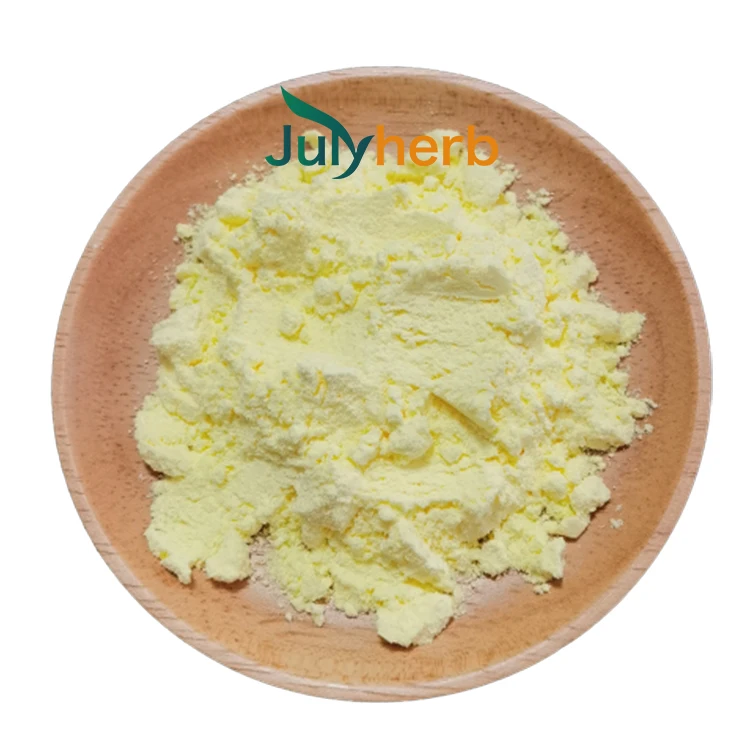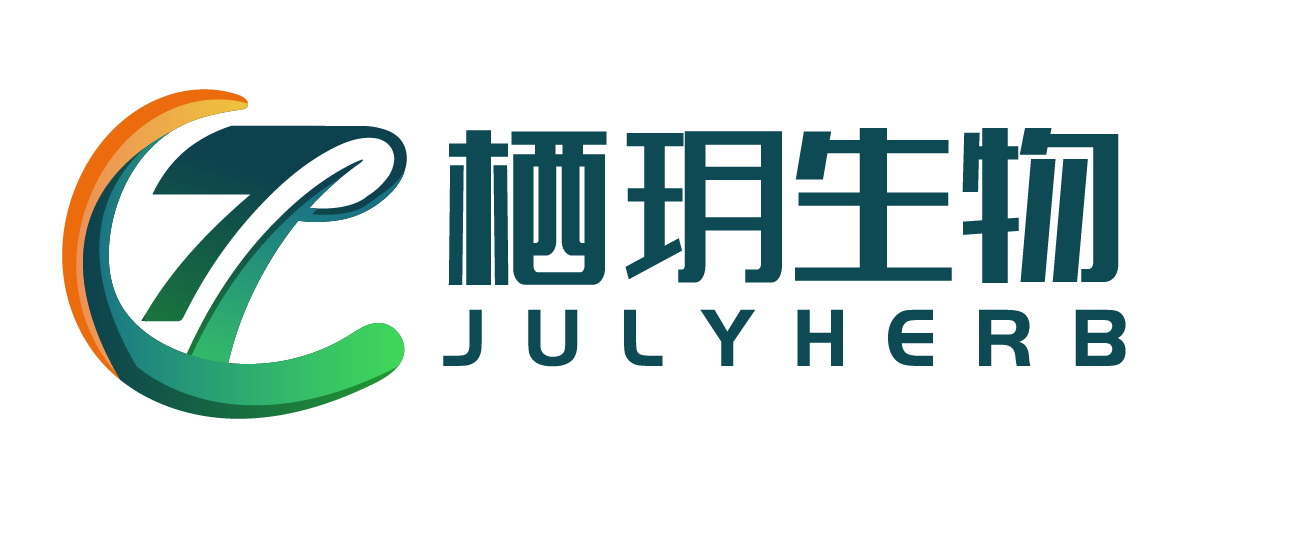Julyherb 99% Pure R-ALA Powder (R-α-Lipoic Acid)


|
item
|
value
|
|
Place of Origin
|
Shaanxi,China
|
|
Type
|
Syntheses Material Intermediates
|
|
CAS No.
|
1077-28-7
|
|
Purity
|
98%
|
|
Other Names
|
A Lipoic Acid
|
|
MF
|
C8H14O2S2
|
|
EINECS No.
|
214-071-2
|
|
Brand Name
|
Julyherb
|
|
Model Number
|
JH2023031417
|
|
Application
|
Food Additive, cosmetics, health supplements
|
|
Appearance
|
Light yellow powder
|
|
Product name
|
Alpha lipoic acid
|
|
MOQ
|
1kg
|
|
Appearance
|
Light yellow powder
|
|
Keywords
|
r-alpha-lipoic acid
|
|
Purity
|
99%
|
|
CAS number
|
1077-28-7
|
|
Shelf life
|
2 years if store right
|
|
Package
|
1kg a bag or 25kg a drum
|
|
Certification
|
COA
|
|
Test Method
|
HLPC
|



What is Alpha-lipoic acid?
Alpha-lipoic acid (ALA) is a naturally-occurring fatty acid made by your body. Its primary role is to convert blood sugar(glucose) into energy using oxygen, a process referred to as aerobic metabolism. Your body makes its own ALA, but it isalsoavailable from certain foods and as a supplement.
Benefits of Alpha-Lipoic Acid (ALA)
Alpha-Lipoic Acid (ALA) is a multifunctional compound that serves as both a potent antioxidant—neutralizing free radicals and regenerating key antioxidants like vitamins C/E and glutathione—and an anti-inflammatory agent, helping reduce oxidative stress to potentially slow aging and lower cardiovascular risks.
It also regulates glucose metabolism by enhancing insulin sensitivity and cellular glucose uptake, with clinical evidence showing high-dose IV ALA can alleviate diabetic neuropathy symptoms like pain and numbness. As a mitochondrial cofactor, ALA supports nerve cell energy metabolism and demonstrates neuroprotective potential for conditions such as Alzheimer’s and multiple sclerosis.
Additionally, it promotes liver health by boosting glutathione production and detoxifying free radicals, counteracting damage from toxins or alcohol while improving fatty liver biomarkers. Finally, ALA optimizes cellular energy by facilitating carbohydrate-to-ATP conversion via the Krebs cycle, which may enhance physical endurance and reduce fatigue.
Target Beneficiaries:
-
Diabetics (especially those with neuropathy)
-
Metabolic syndrome/obese individuals (requires combined diet/exercise)
-
Chronic toxin exposure/alcohol consumers (liver protection needs)
-
Elderly/chronic inflammation patients (antioxidant demands)









